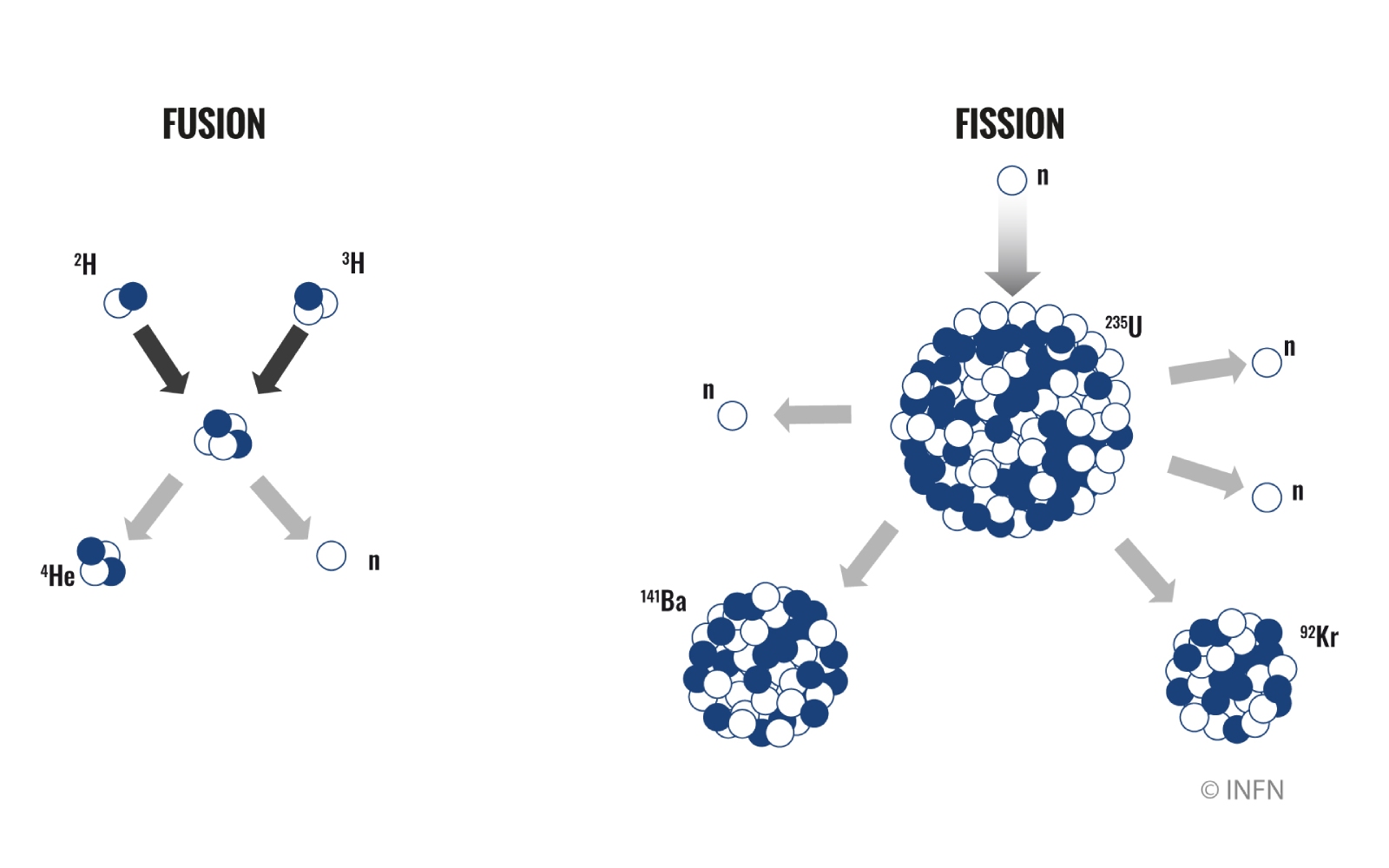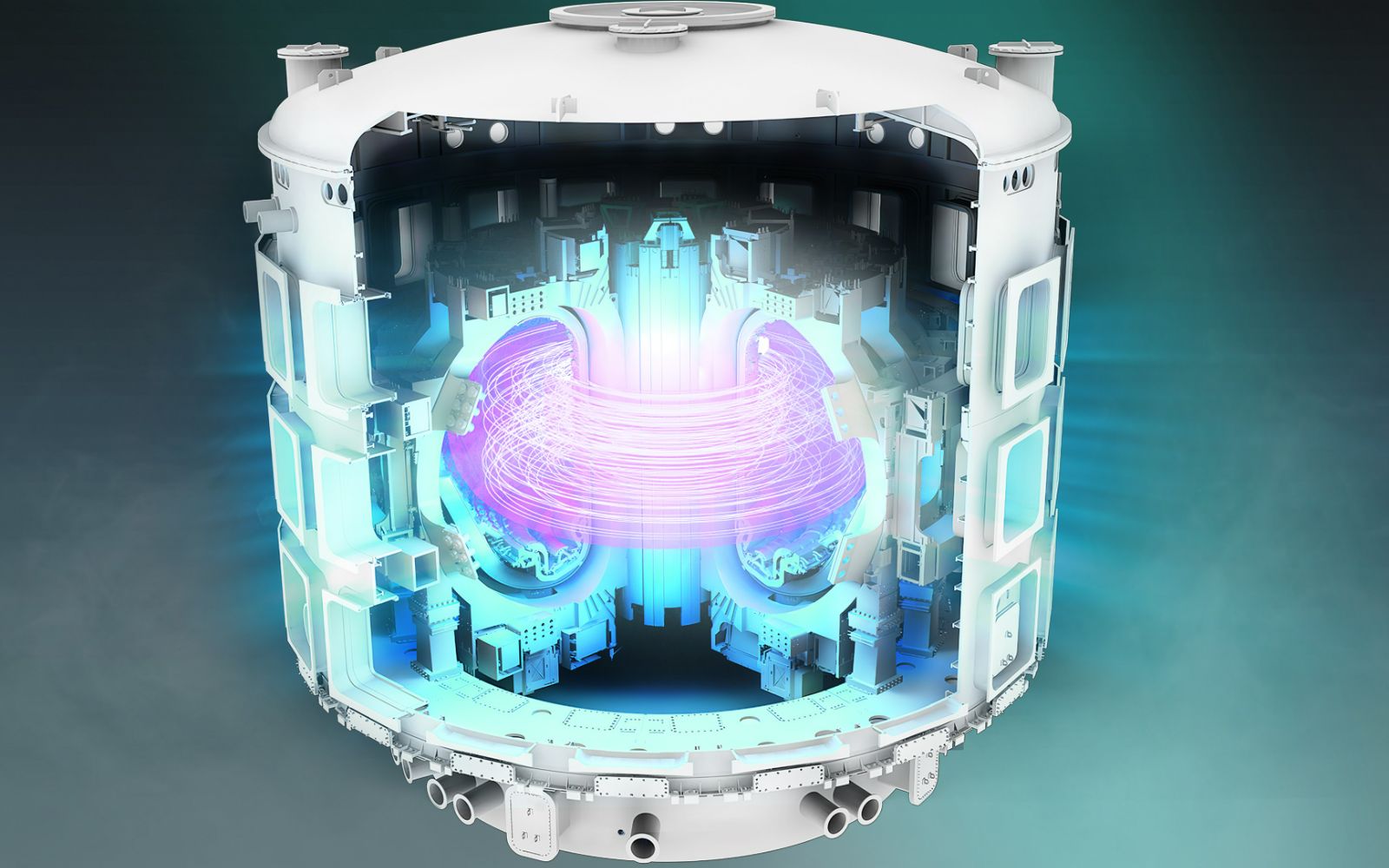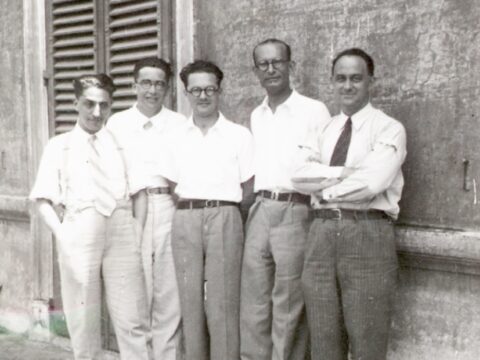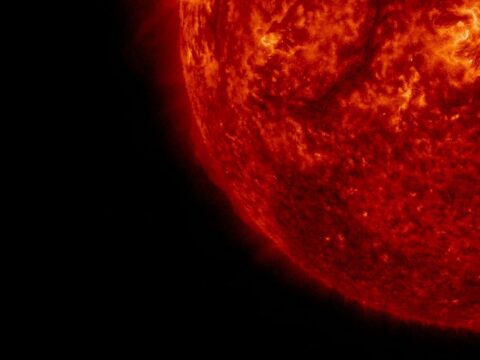Energy can be obtained from nuclear processes in basically two ways: separating a heavy nucleus (for example of uranium or plutonium) into two smaller nuclei, or joining light nuclei to create a larger nucleus. In the first case, we speak of nuclear fission, in the second of fusion. Both processes make it possible to produce large quantities of energy, thanks to the conversion of a small mass of reacting nuclei (or a single nucleus, in the case of fission) into energy, due to the well-known relativistic relationship E = mc2 and the principle of energy conservation.
Nuclear fission has been exploited for decades to produce energy in many countries throughout the world. However, while it has a low impact as far as concerns greenhouse gas emissions, it has the drawback of producing radioactive waste, whose disposal often constitutes a serious problem.




